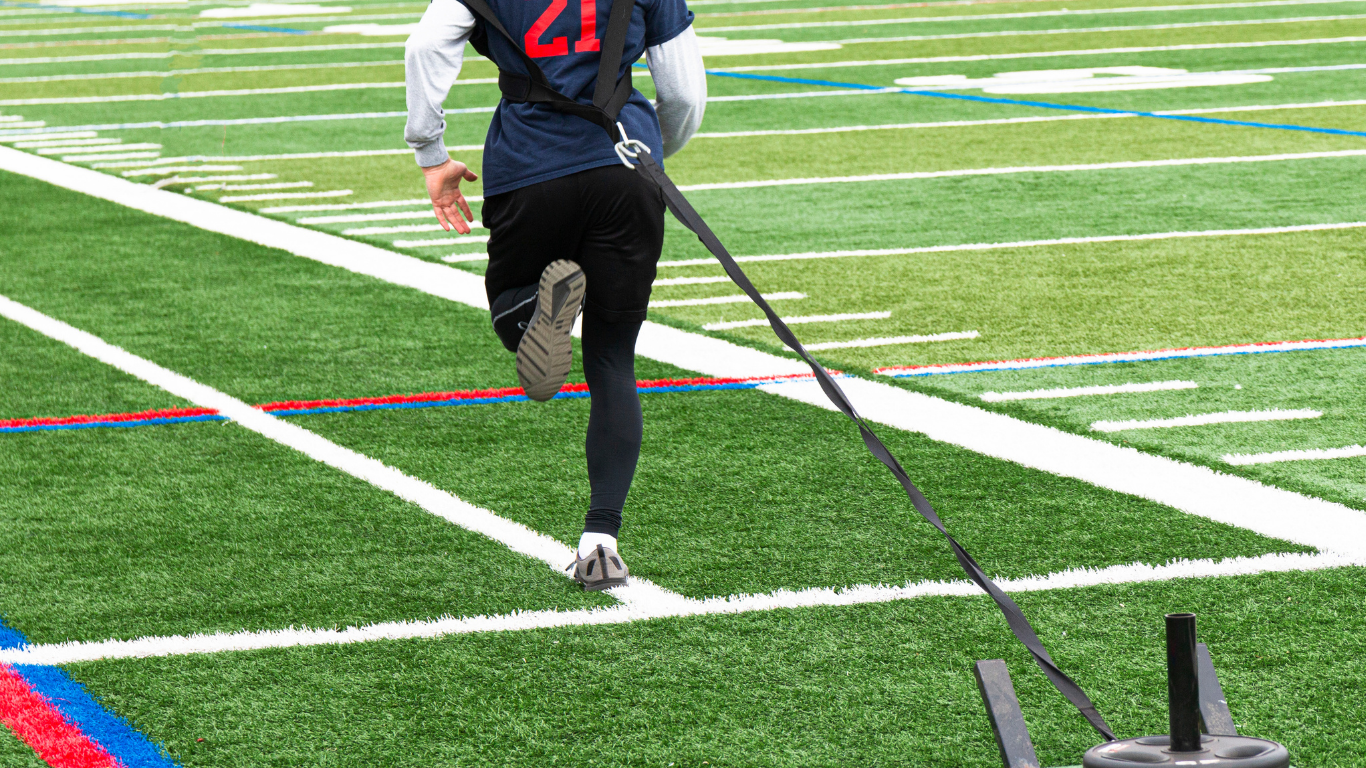




Health Information



Fencing Training: How to improve strength and conditioning for fencers?

Fencing Training: How to improve strength and conditioning for fencers? (by Sportsperformance Physiotherapy)
As the Olympics Game commence, fencing is capturing the spotlight, thanks to the success of gold medalist Cheung Ka Long and the strong performance of HK Fencing team. More people are playing fencing nowadays. We explore some strength training and conditioning regimens that support fencers in optimizing their performance and preventing injuries on the field.
Strength and conditioning program for fencers:
1. Change-of-direction speed (CODS):
- Agility ladder drills: Forward, lateral, and zig-zag drills through an agility ladder train the neuromuscular pathways for quick foot movements.

- T-drills: This classic agility test requires sprinting, shuffling, and backpedaling in a T-shaped pattern. It builds full-body coordination.
- Lateral bound-and-stick: Performing lateral bounds with controlled landings builds eccentric strength and body control for sharp cuts.
- Resisted sprints: Sprinting with a resistance band or sled builds acceleration and deceleration capabilities.

Training Considerations:
- Perform CODS drills 2-3 times per week, either as part of the warm-up or as a dedicated session.
- Progress from slower, more controlled movements to faster, game-realistic actions over time.
- Emphasize proper foot positioning, body positioning, and deceleration mechanics to enhance change-of-direction technique.
- Monitor fatigue levels, as CODS work can be very taxing. Pair it with lower-intensity training on other days.
2. HIIT for strength and power
Highly effective for developing the explosive power and anaerobic capacity required in fencing.
HIIT workouts consisting of brief, all-out efforts followed by periods of active recovery mimic the intense bursts of activity during a fencing bout.

3. Core exercises
Like planks, hollow holds, and Russian twists build the trunk stability needed to generate power from the lower body while maintaining optimal body positioning.

4. Prophylactic strengthening and proprioceptive training of the musculature of the knee (hamstring and quadriceps) and ankle
- Squats and deadlifts: target the knee and hip extensors/flexors
- Single-leggedd squats/deadlifts
- Lunges: builda powerful unilateral leg drive and practice the fencing lunge movement pattern.
- Split squat exercises: target the gluteal muscles and collectively train a fast recovery from the lunge back toon-guardd

5. Rotational Power exercises
The torso rotation involved in lunging and attacking is critical. Medicine ball throws, landmine rotations, and woodchoppers target these movement patterns.

6. Nordics and stiff-leg deadlifts
Help reduce the high incidence of hamstring strains. These exercises help fencers decelerate their lunges and recover from explosive movements without overloading the hamstrings.

7. Grip Strength exercises
A vice-like grip on the weapon is a must. Farmers walks, deadlifts, and kettlebell swings build the forearm and grip strength required.

By incorporating these elements, fencers can maximize their performance while keeping themselves healthy and injury-free.
If you experience any sport-related injuries, you should make an appointment to seek advice from a professional physiotherapist or medical expert to obtain a proper diagnosis and appropriate treatment.
Further reading:



